“I was teaching weaving at Ohio University in my 20s when I heard one of the graduate students was holding a papermaking workshop, so I went and fell in love with the art of making paper from the moment that I tried it. I can’t explain how it happened—how do you explain when you fall in love with something?
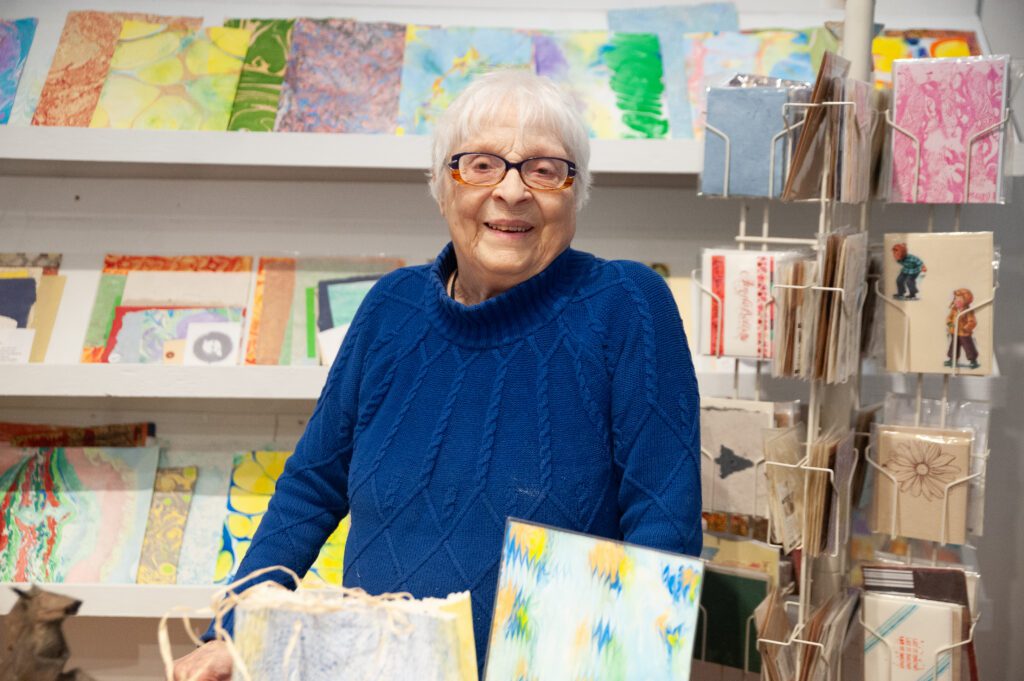
Then, around 1973, OU developed a program to exchange professors in the engineering and physics fields with Chubu University in Japan, called Chubu Institute at the time. My husband was the first professor to take part in an exchange, so we went to Japan for three months and lived in an apartment. One of the experiences offered to me as the wife of the OU professor at Chubu was to work in the studio of a renowned papermaker named Kazuhiko Ando.
He lived about 20 minutes away, so I had to learn to drive a car on the wrong side of the road. That was a scary operation, but I did it! Kazuhiko didn’t know English and I didn’t know Japanese, but his wife could do a little bit of translating so we could stumble through communications sufficiently.
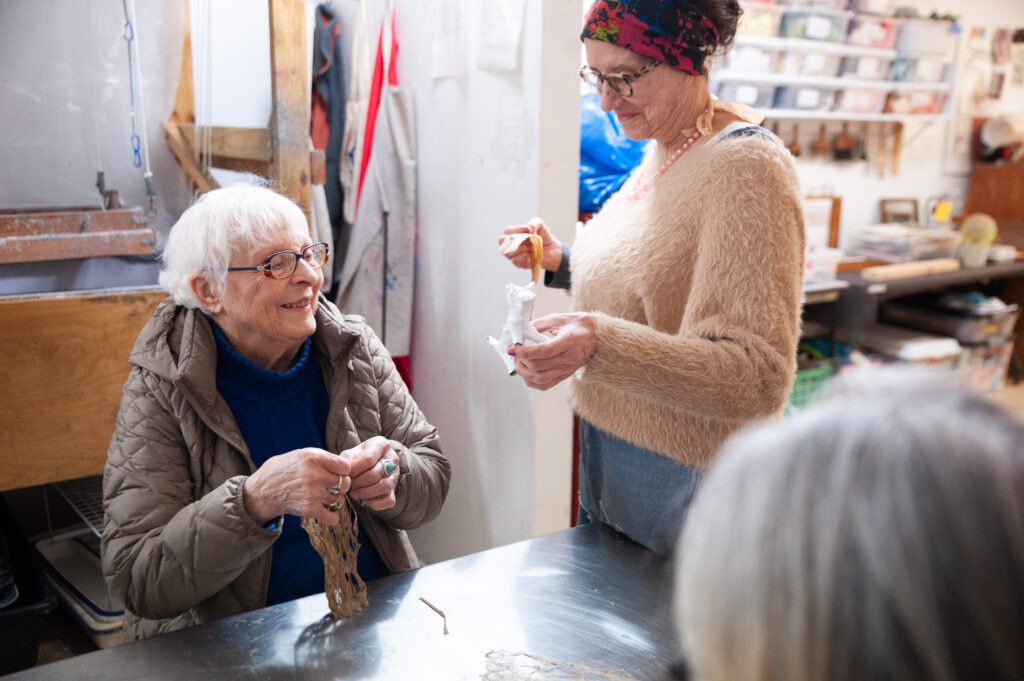
By helping in his studio, I began to understand the art of making paper, and when we came back to Ohio, I either purchased or my husband made the equipment necessary to convert my studio of a weaver to the studio of a papermaker.
I wanted to set it up so that I could teach other people papermaking, too, so I needed to move the studio from my basement to a place where the public was welcome on a street that had an address. That’s when I rented this space in Nelsonville.
I wanted to set it up so that I could teach other people papermaking, too, so I needed to move the studio from my basement to a place where the public was welcome on a street that had an address. That’s when I rented this space in Nelsonville, Ohio, about 10 miles away from Athens. To become a nonprofit, I looked into the laws and all the ways of doing it and one of the things I had to have was a recognized nonprofit be my fiscal agent. The people who were starting up Rural Action were friends of mine and were willing to take me on. They agreed to be my fiscal agent for the first year so we could be counted as a nonprofit organization.
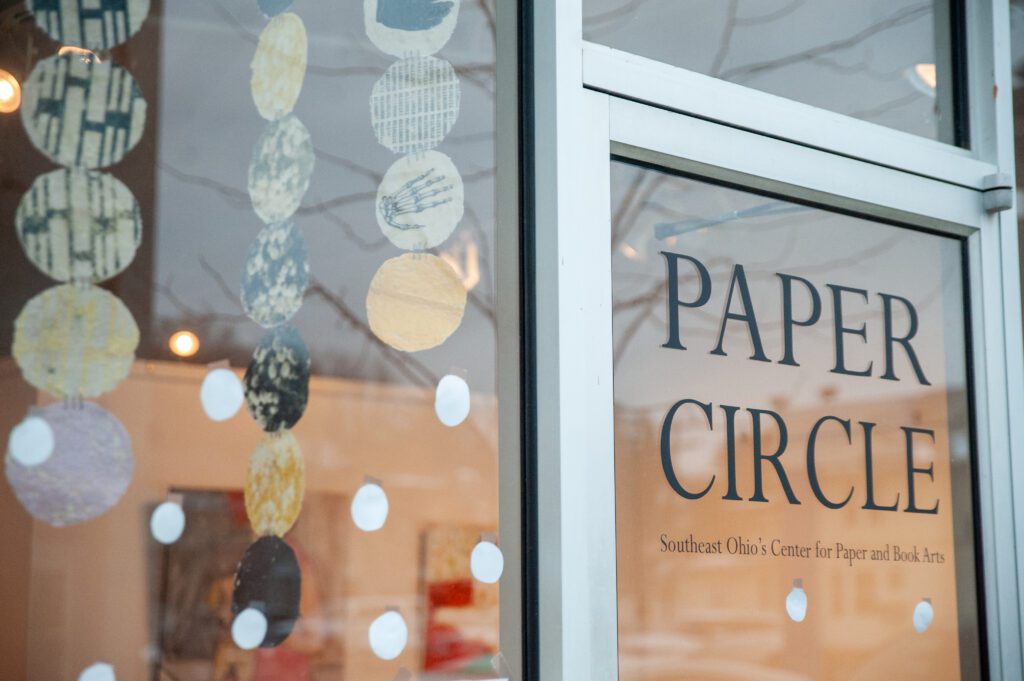
After we opened the studio, I became acquainted with some people in the Columbus area who have a nationwide origami organization called CenterFold, and they asked us to develop a paper that was especially good for origami and complex folding: something with a bit of strength, even when it’s damp, and the ability to fold and unfold without breaking at the fold lines.
So I went to work. It took about a year of experimenting with different fibers, and eventually, we discovered abaca fiber. Abaca is a tree that grows in tropical climates, and to get the fiber, you have to peel pieces of bark from the tree without killing it so that the tree continues to live. The bark is rough on the outside, but on the inside, it’s tender and has a couple of layers; a white layer and a green layer. We need the white layer to make paper. That gets scraped off the bar, is treated, and it comes to us in sheets that look like sheets of thick cardboard.
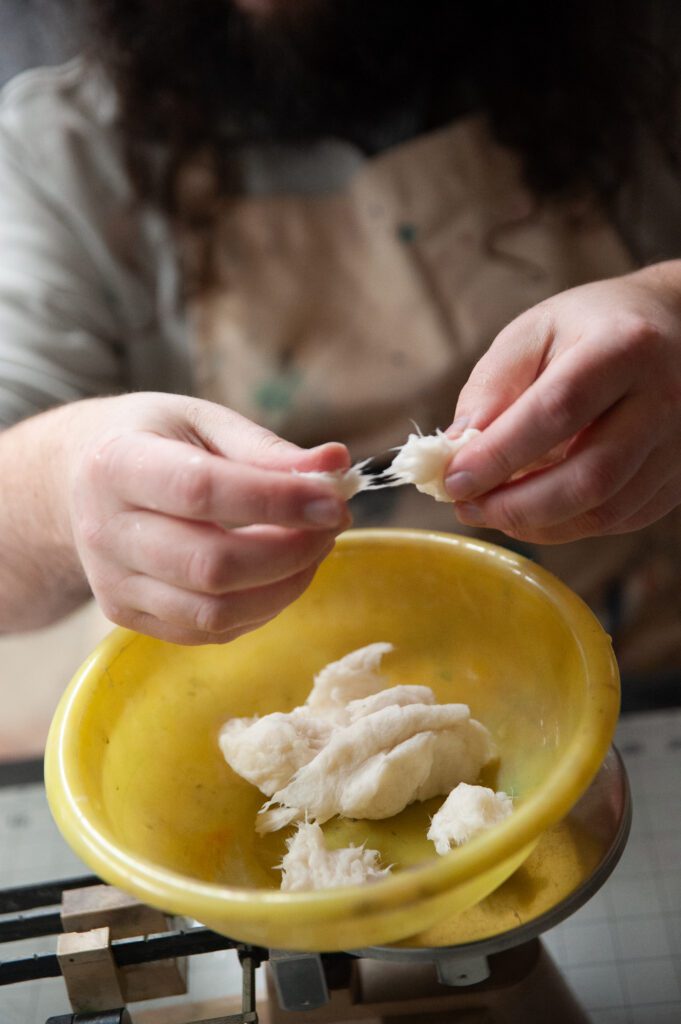
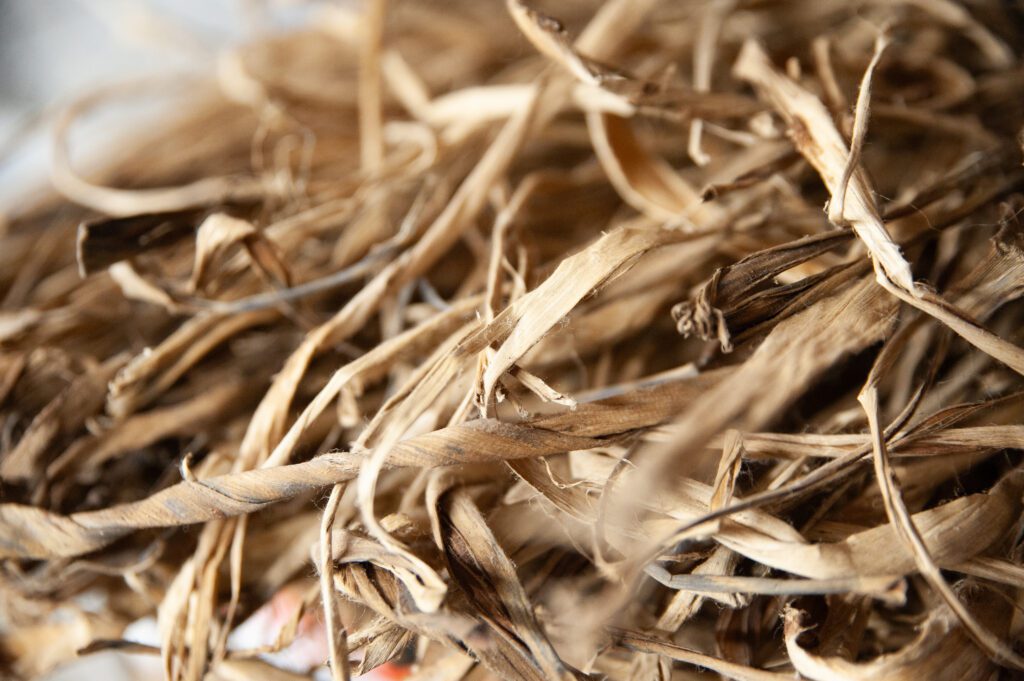
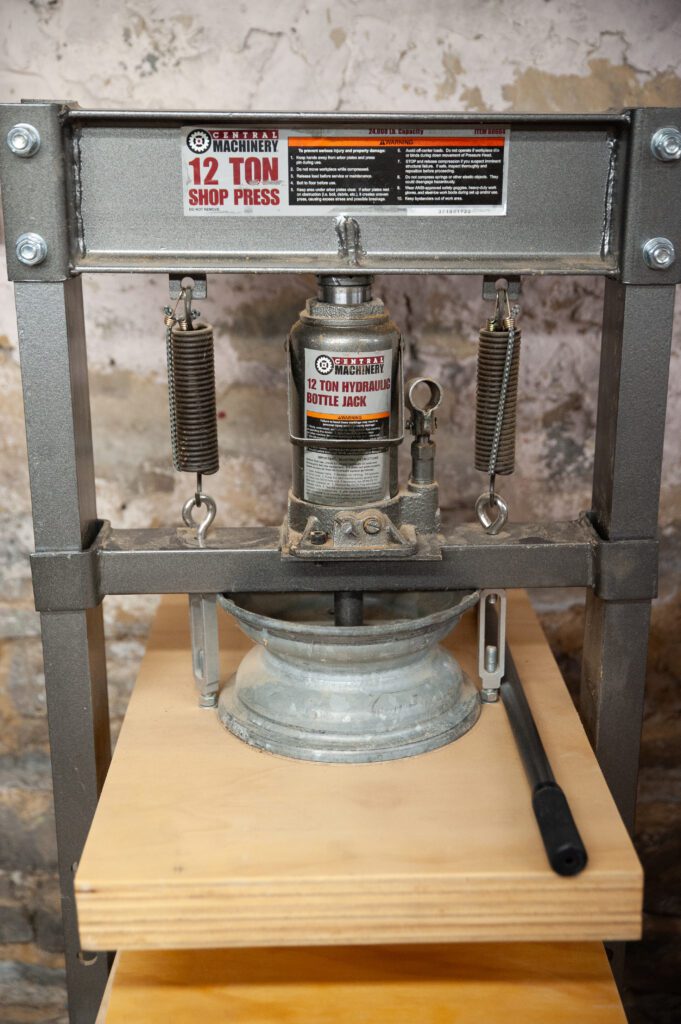
Those sheets are tough, so we start by soaking the abaca, then tear it apart and put it in a machine called a beater. It’s a big oval piece of equipment with a motor that we fill with 10 gallons of water and two pounds of abaca and it will break up the fibers to make the pulp. Then, a big roller with a lever will press the pulp against a bed plate to form it into a sheet and then it’s dried. We make thin, medium, and thick sheets in 39 colors.
The origami paper is a process, but it’s actually a simple procedure compared to the paper we make with kozo, a type of mulberry that is grown here in Athens. We partner with a local farmer and every year, we harvest that in November. We have to wait for the leaves to fall off, then we go out and cut the kozo into four-foot strips. We weigh it, pay the farmer by weight, and then take it back to the studio.
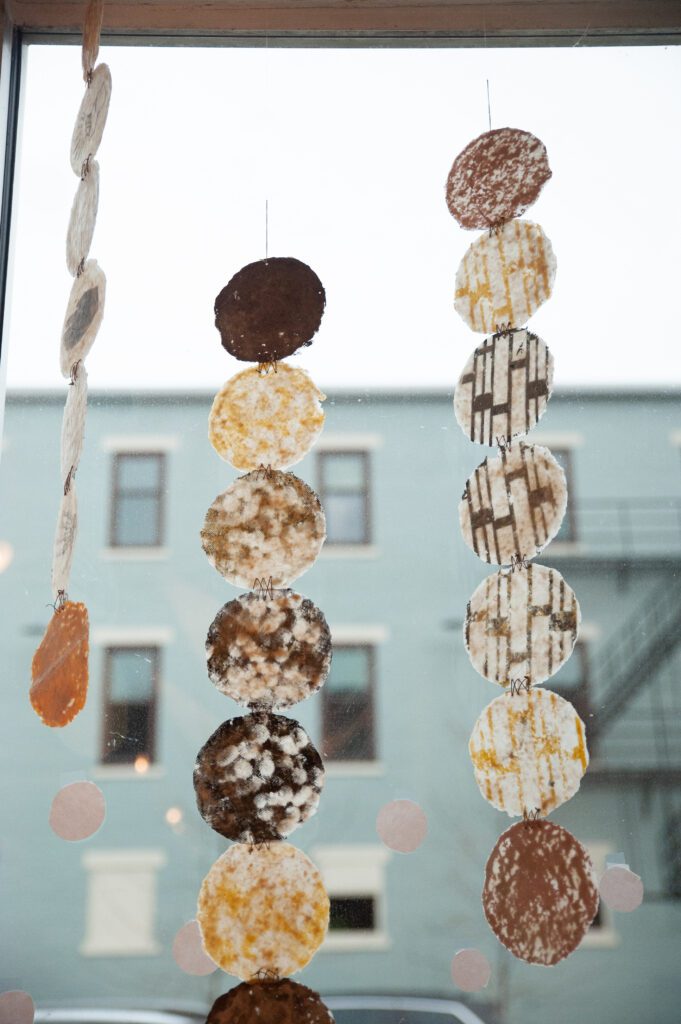
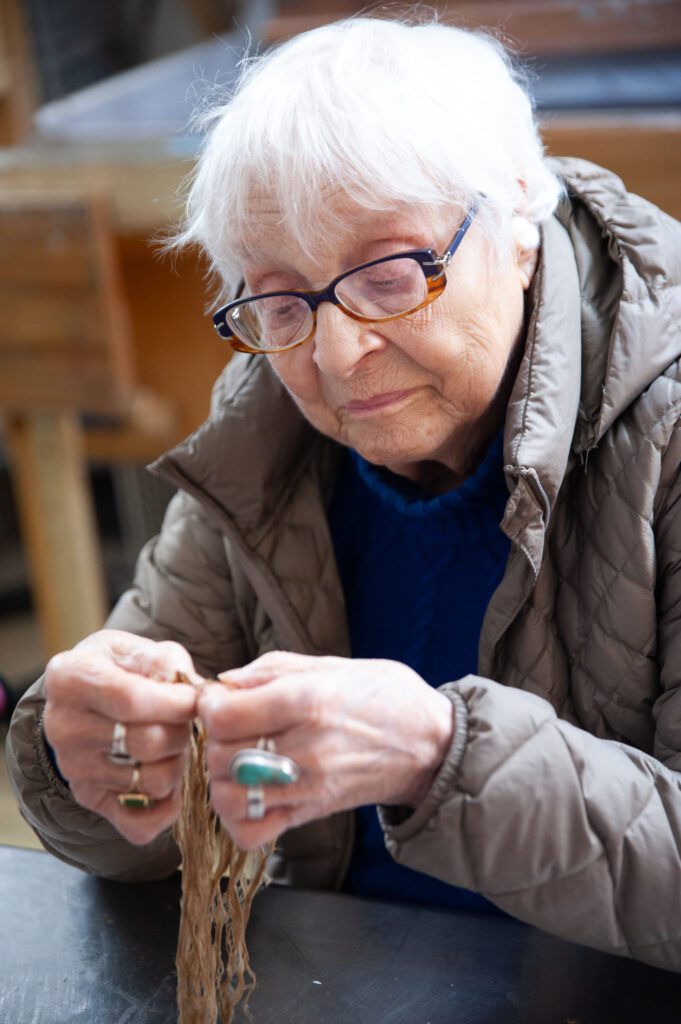
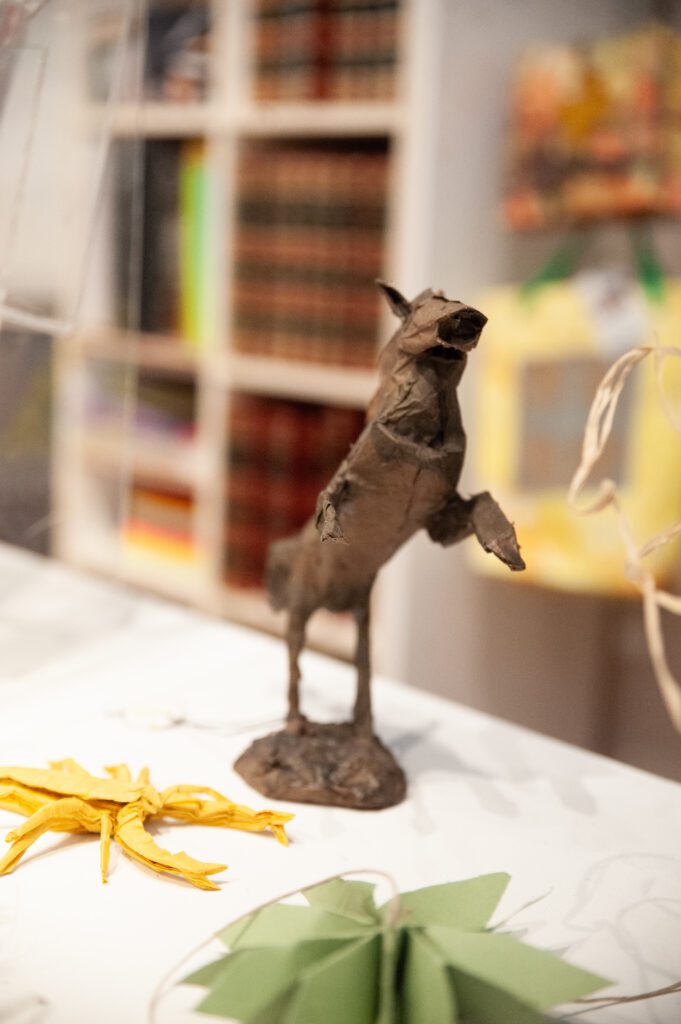
First, we have to steam the kozo so the outer bark comes off. Then we scrape it, because we want that outer bark to go away leaving just the white mesh part of the inner layer. We cook it with a caustic solution, rinse it, and then beat the fiber. But we don’t put kozo in the beater—we do it by hand. The beater chops up the fiber and breaks it down. With kozo, you want the fibers to stay long because that’s what strengthens the paper, so we use mallets and a hard metal surface to beat it by hand. Then we use a very different contraption called a sugeta to form the sheets, and the sheets are pressed and dried. At that stage, it’s like wet tissue paper, so it takes a lot of finesse to learn how to do those last three or four steps.
I’m 93 years old, but when I find a workshop where I can learn something new, I try it.
The Japanese have used this paper for years because it’s so strong. They made screens, lampshades, clothing, and rugs out of it because it’s so strong. It’s a very tough paper that’s also admired for its beauty, so it’s also used for origami folding and printmaking.
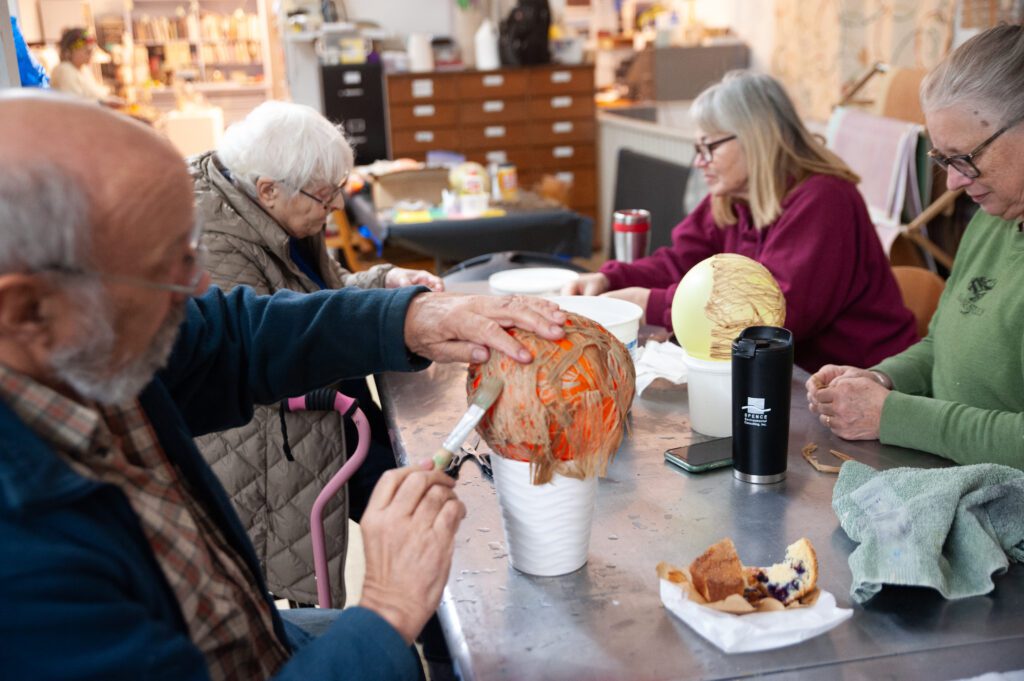
I’m 93 years old, but when I find a workshop where I can learn something new, I try it. Papermaking is a joy, and it’s a joy to teach it to people. My whole idea behind papermaking was to make it available to more people, and there are a number of people I have taught who have moved on to make their own paper, and it’s a good thing to have papermaking friends in all these places. It’s been a rewarding way of life.”
– Sara Gilfert, Paper Circle
Nelsonville, Athens County
#WeAreOhioSE
Sara Gilfert passed away in her home, surrounded by family, on March 15, 2024, at the age of 94. You can view her obituary, here.




